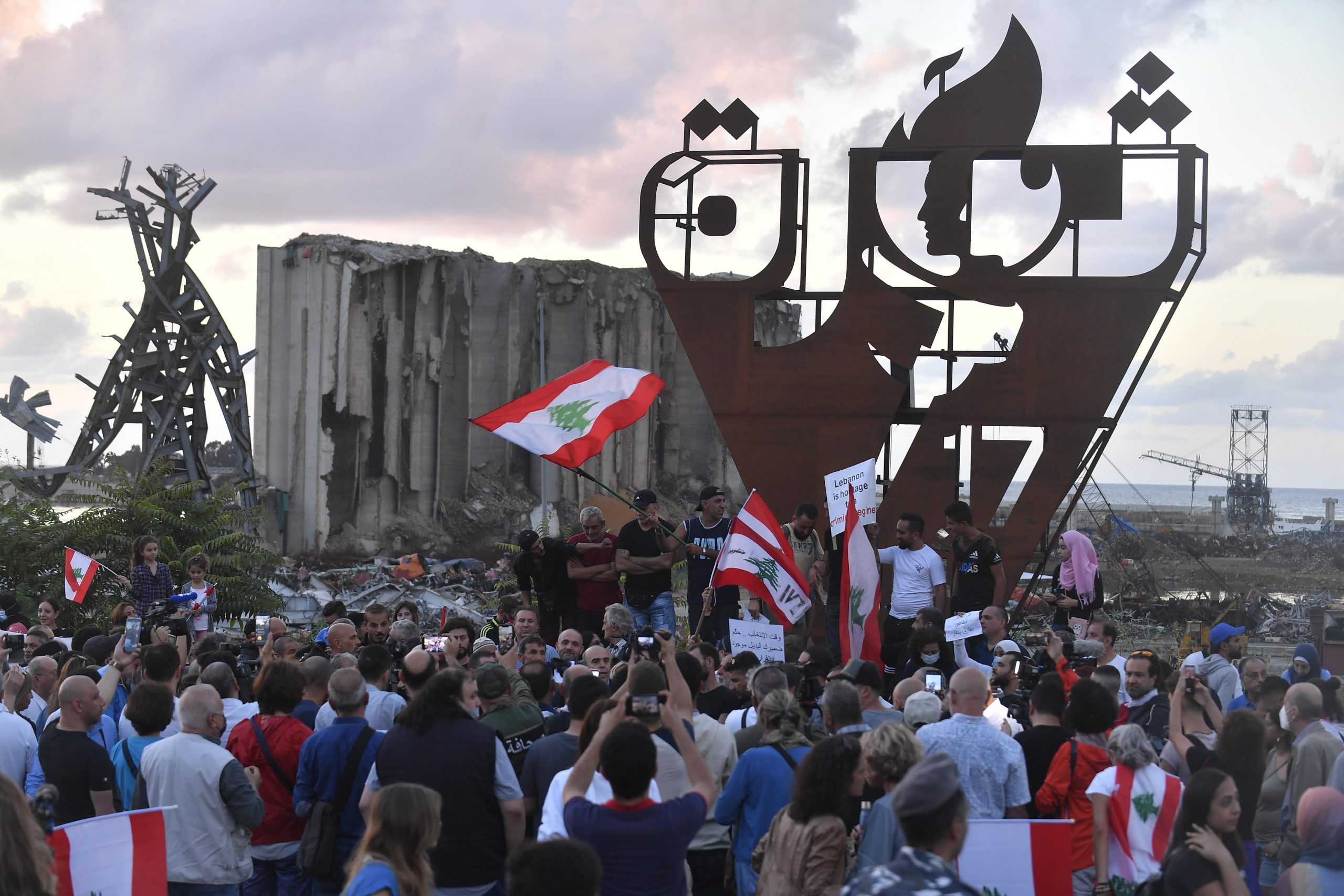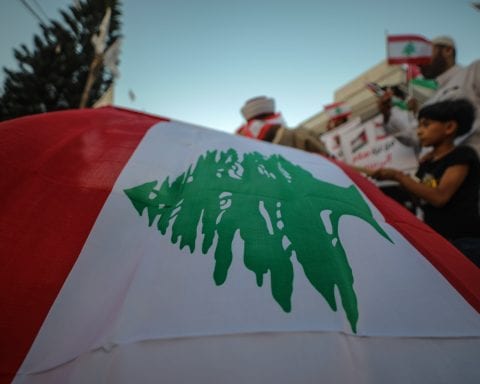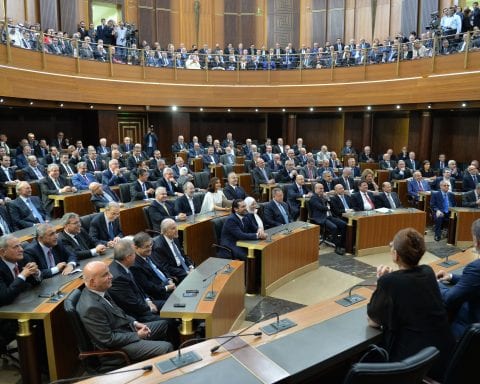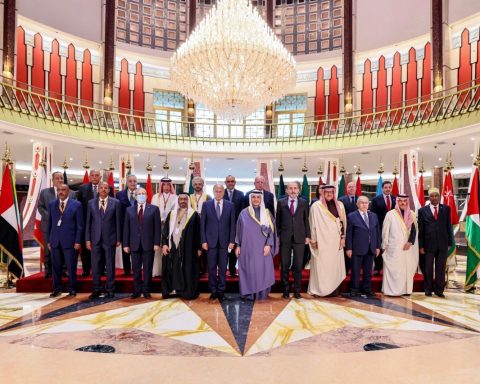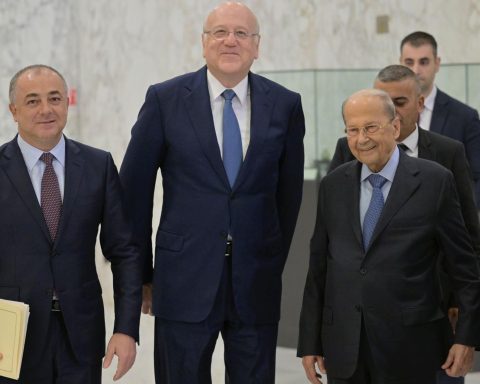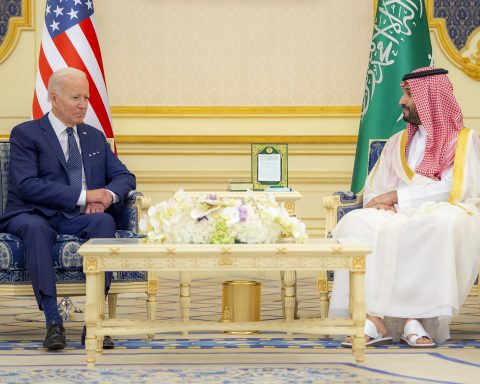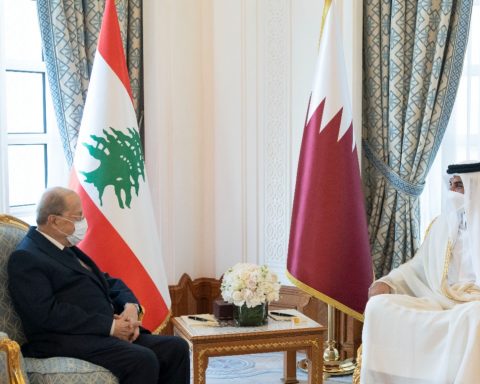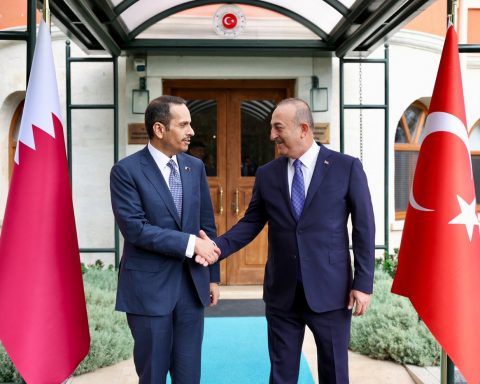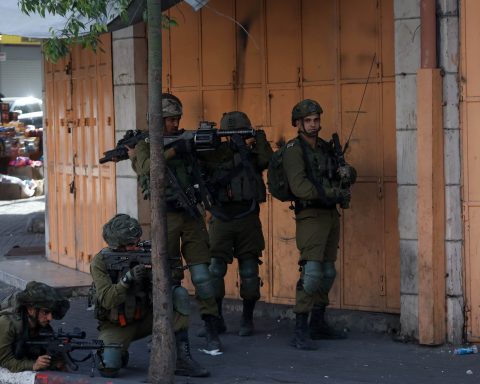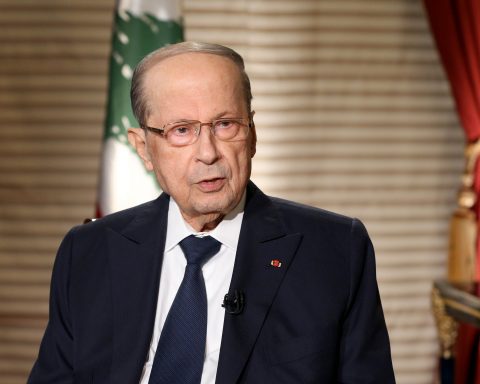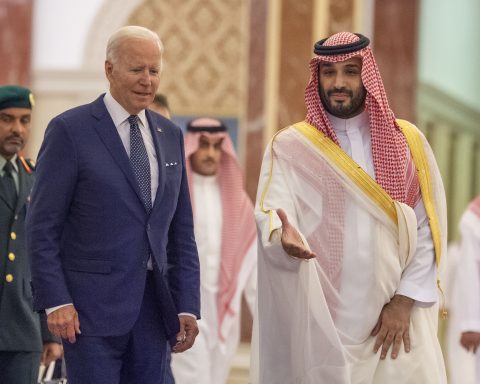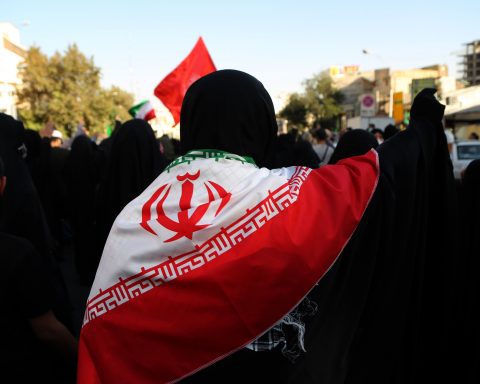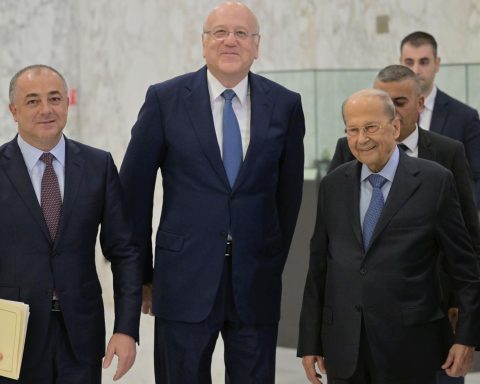Following the eruption of new conflicts between Amal-Hezbollah groups and the members of the Lebanese Forces due to their generally divergent positions on the Lebanese issues and specifically on the investigation of the Beirut port explosion, the possible scenarios for another internal war in Lebanon revived again in Lebanon. A new civil war seems highly unlikely in Lebanon as the memoirs of the destructive impacts of the previous civil war (1975-1989) are still fresh and stronger and the power was largely concentrated in the hands of Hezbollah. As a result, neither Hezbollah nor its allies, such as the Amal and Micheal Aun-led Maronite group, show any interest in a possible civil war, which would likely undermine Hezbollah and its allies’ powerful domestic position and, worse, catalyze the interventions of regional-global actors on Lebanon. To avoid such a scenario Hezbollah and its allies will likely send conciliatory messages to the local and regional actors as long as their essential regional-local interests are not challenged and endangered. However, due to the several factors and dimensions which constantly generate favorable conditions and an environment for different types of socio-economic crisis in Lebanon, the resolution of the multi-faceted crisis and the elimination of civil war scenarios seems impossible. In this context, the factors/dimensions which compromise the stability and peaceful environment in Lebanon and trigger the internal conflicts as in the recent clashes should be understood.
Regional dimensions
The regional context complicates the Lebanon crisis through the destabilizing impact of regional actors on the domestic affairs of Lebanon. Lebanon is a country where domestic anarchy prevails, and non-state sectarian/religious groups have stronger transnational linkages. Therefore, any regional event can have serious implications and repercussions on Lebanon’s domestic developments, as clarified by the destructive impacts of the Syrian internal wars. Not only has this event, but also Israel’s illegal military assaults and invasions have impacted the political realities of Lebanon, along with Iran’s previously indirect but recently direct engagement in Lebanon via Hezbollah. Besides the direct and negative impacts of regional developments on Lebanon’s internal affairs, any event in Lebanese domestic policy can turn into a regional problem owing to closer alignment between the major sectarian groups and several regional actors. In other words, any event which can affect Hezbollah’s position can draw Iranian attention to this country or shape Israel’s policies towards this country.
Political dimensions
The origins of this crisis can be traced back to the mid-nineteenth century, when the sectarian system gained structural characteristics as a result of colonial powers’ interventions, specifically France. Afterward, the Maronites consolidated their powers and started to control the central mechanisms in the Lebanon system. However, as the Shia population grew, some power imbalances emerged, and the balance of power shifted in favor of Shia groups, particularly the new and powerful actor Hezbollah. Despite the changes in the power balances, the sectarian system remained intact and became further rooted with the new agreements and regulations. Therefore, this political reality always generates some deadlock and predicament within the Lebanese system as the sectarian actors never show a real intention to remove the political sectarianism in Lebanon, which permeates all socio-political mechanisms. The presence of a consociational democracy based on power-sharing between major sectarian groups protects the political interests of these actors and obstructs the emergence of alternative powers which can challenge the system. It creates a sort of rentier system which allows major sectarian groups to distribute or transfer economic facilities/resources to their followers.
Cultural-geographical dimension
In terms of the cultural dimension, there is also an obvious disagreement among the sectarian groups on the national symbols and values of the Lebanese state and people. What is more, it is a contested reality whether there is really a Lebanese nation since sectarian actors largely refer to their sectarian identities rather than shared or common national symbols. To illustrate, some sectarian groups consider Lebanese states to be an indispensable part of the Arab nation, while specifically Maronite-Christian groups intend to underline Phoenician identity to dismiss Arab identity. Furthermore, some other Islamist groups contend that Lebanon should be part of Islamic civilization. Thus, in addition to their divergent foreign-domestic policy approaches, they also propose contesting identities for the Lebanese people and the Lebanese state. In addition to this cultural disunity and unconformity, there is a geographical division inside Lebanon where each major sectarian group dominates at least one region in this country. For example, while Shia groups largely control the southern parts of Lebanon, Sunni actors play a role in the northern region, and Christian and Druze groups are generally effective in former Lebanon’s mountain region.
Economic dimensions
While Lebanon is located in a strategic place via its maritime borders in the Mediterranean Sea and critical ports like Beirut and Tripoli, which control an important portion of sea trade, it still suffers economically owing to multifaceted problems like the refugee problem, taxing issues, energy issues and other types of transportation and communication problems. The lack of stronger political stability and the destructive impact of regional rivalries thwart any possible solution to these tougher economic problems. As a matter of fact, other dimensions play a key role in deepening the already uncontrolled economic crisis. Lebanon is even unable to resolve simple problems like the garbage problem, power cuts, and water delivery. Even though it already has probable hydrocarbon reserves in the proclaimed maritime blocs in the Mediterranean Sea, Lebanon cannot utilize this resource because of ongoing border disputes with Israel. In addition to these serious problems, sectarian groups use economic advantages or profits of the Lebanese state to satisfy their own sectarian communities and allocate these resources to these communities rather than working for the common benefit of Lebanese society. In line with this, these sectarian groups regard the Lebanese state as a legitimate and extensive rentier mechanism via which they can effectively offer undeniable facilities to their supporters, thus consolidating their status within the Lebanese state.
To conclude, as long as these factors/dimensions remain effective and unresolved in socio-political life the eruption of several clashes, pervasive political instabilities, chronic economic problems, and other serious social issues will continue to exist. Therefore, even if the recent clashes between the Hezbollah-Amal alliance and the Samir Gaega-led Lebanese Forces party were appeased, it would not remove the possibility of the emergence of new conflicts.

